Mourning doves are among the most common birds to see in parks, from your home window, or even on your way to work. Because of their fascinating feathers scaling smoothly from grey to violet and a bit of turquoise, mourning doves never fail to put a smile on our faces. So where do mourning doves sleep?
Mourning doves often sleep in places where no predators can see them. This includes chimneys, nest boxes, dead trees, or trees on the inside edges of fields.
Since those adorable doves constitute part of our daily routine, it’s exciting to know more about them and how they get by. Tag along to find more about the daily habits of mourning doves and where they nest and sleep.

Roosting vs. Nesting
Here’s a shocking fact that you probably didn’t know before — birds don’t actually sleep in nests. There is a large difference between roosting, what we call sleeping, and nesting, which is the process of birds laying their eggs in small nests they made to protect their young.
Roosting happens when a bird settles down for the night to sleep. Birds hardly ever sleep in their nests even if they have laid eggs.
Author Note: However, it could happen if the bird is still young and being taken care of by the parent. The second case is if the night is frigid and the parent needs to make sure the eggs are being kept warm.
Unlike nesting which can be done about anywhere, roosting has to be done in a warm place where the birds can be safe enough to sleep. To protect their feathers from freezing in cold winter, birds usually choose a sheltered area like a mountain cavity to sleep at night.
3 Interesting Mourning Doves Night Habits
Mourning doves are unique in many aspects of their nightlife, which is evident through the following:
How They Sleep
Unlike most bird species which put their head behind their shoulder feathers while sleeping, mourning doves rest their heads between their shoulders. This allows them to reach maximum warmth as they keep their heads as close as possible to their bodies.
One Eye Open, One Closed
Whenever mourning doves are particularly afraid of a certain prey in the area where they’re roosting, they can sleep with one of their eyes open!
Unlike human eyes, doves’ eyes have the ability to send information to one side of their brain.
Of course, this significantly lowers their sleep quality because only half of their mind is shut down. However, it’s still an effective defense mechanism against predators.
Perching While Sleeping
You may have noticed that mourning doves sleep while perching on an isolated tree branch. How do they stand while sleeping, you may ask? Mourning doves, similar to other birds, have the ability to clutch their perch while they’re asleep.
How Mourning Doves Choose Their Roosting Area
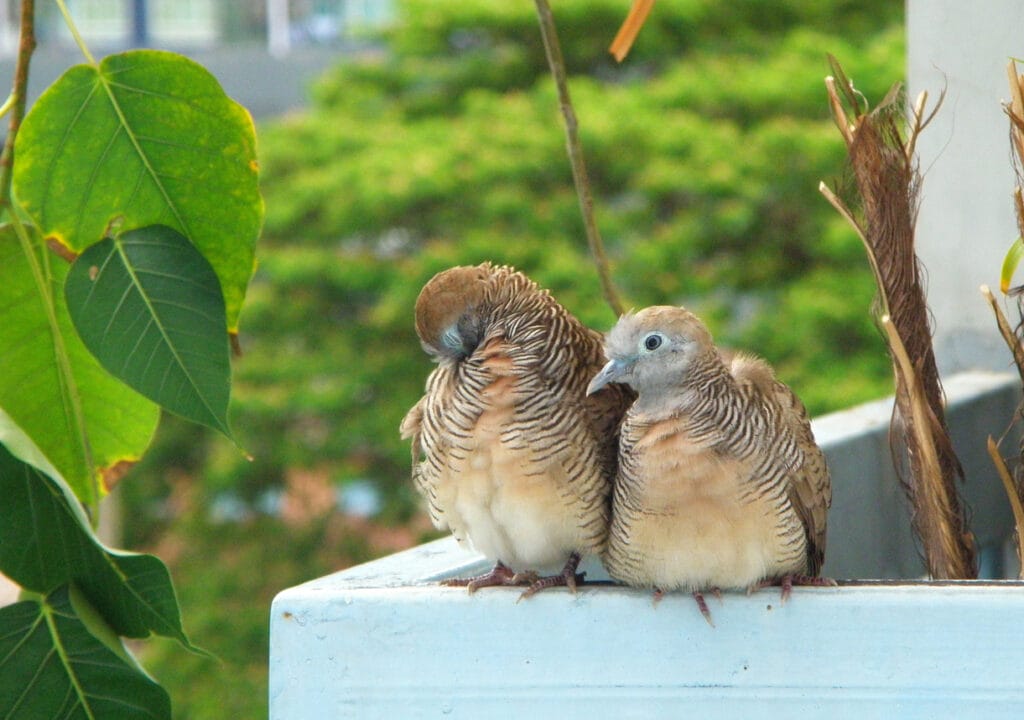
There are three factors that mourning doves “keep in mind” when deciding which area they’re going to crash at.
Security
As you might’ve guessed, doves, just like humans, have a strong survival instinct. That’s why they look for places that are as distant as possible from their predators. If a predator-free place wasn’t an option for them, they’d go to sleep at a well-hidden hideout that makes it hard for the predator to find them.
Therefore, you may find mourning doves sleeping in deciduous or coniferous trees, especially outside of the breeding season. They may also roost at dense clusters of bushes and dead trees with cavities.
To further enhance their security, mourning doves carefully choose the safest place within their habitat and stick to it, even during the day. If they’re nesting in tree cavities for example, then it’d be reasonable to find them roosting in nearby chimneys or nest boxes.
Nutrition Resources
Seeds constitute about 90% of mourning doves’ daily diet, so they need large amounts of water to keep the balance. Therefore, many of them are regularly found roosting on farming sites.
Since farms have large quantities of seeds and are almost always near a water source, they’re suitable for doves looking for reliable sustenance access. Consequently, they roost on the insides of the tree rows that guard the farm against the aggressive wind.
Warmth
Winter is a challenging season for mourning doves because they struggle to keep themselves, and sometimes their eggs, warm. Besides resting their head between their shoulders, they choose a warm place to ensure they don’t freeze during cold nights.
Though “freeze” may seem like an exaggeration, it isn’t. In fact, many mourning doves are severely affected by frostbites that they lose toenails and harm their feet.
Author Note: Therefore, mourning doves sometimes choose to roost together in large numbers in winter. They assemble together in woodlots that can, to some extent, protect them from freezing wind.
As you noticed, there are lots of places where mourning doves can sleep at night. In addition to all the natural areas mentioned above, mourning doves even often roost on man-made structures, such as power lines.
Doves at Action: How Sociable Mourning Doves Are While Roosting
Believe it or not, mourning doves are amongst the most sociable bird breeds, as they tend to hang together in groups through different seasons. The female and the male doves are also loyal to one another, often taking care of their young together.
Roosting Couples
The mourning coos these doves are famous for are produced from the male to attract the female dove so they can breed in the mating season. While mating and taking care of eggs, the couple doves roost together every night.
Once they start collecting straws for building the nest, they’re inseparable. Mourning doves are loyal to their partners so much that some of them breed with the same partner each mating season until one of them dies.
Roosting Groups
Other than in breeding seasons, mourning doves don’t stick to roosting with their mates. However, they roost in even larger groups, called flocks.
Besides roosting together in non-breeding seasons, mourning doves flocks also eat together during the day. They may even stick together throughout the winter months.
The size of the flock may range from just 20 to as many as 50 mourning doves, which is remarkably large compared to other flocks.
Roosting Families
Mourning doves breed for most of the year, as their mating season starts in February and extends through the summer till October. During the breeding month, the couples not only roost together but also share parental tasks.
Typically, the male and the female incubate the eggs together, a process that takes about 2 weeks. They do so by taking turns laying on the eggs. Ideally, females take the night shift while males keep watch during the day.
After the eggs hatch, the young mourning doves, called squabs, are still too young to find their own sustenance. Therefore the parents take turns feeding and caring for their squabs, while they’re learning to fly.
It’s common for mourning doves to breed for more than once in any season if they have sufficient food resources at hand to survive with their young. The common meal for mourning doves is seeds and fruits. Every once in a while, they get themselves a fancy dinner consisting of beetles or grasshoppers.
Where Can You Find Mourning Doves?
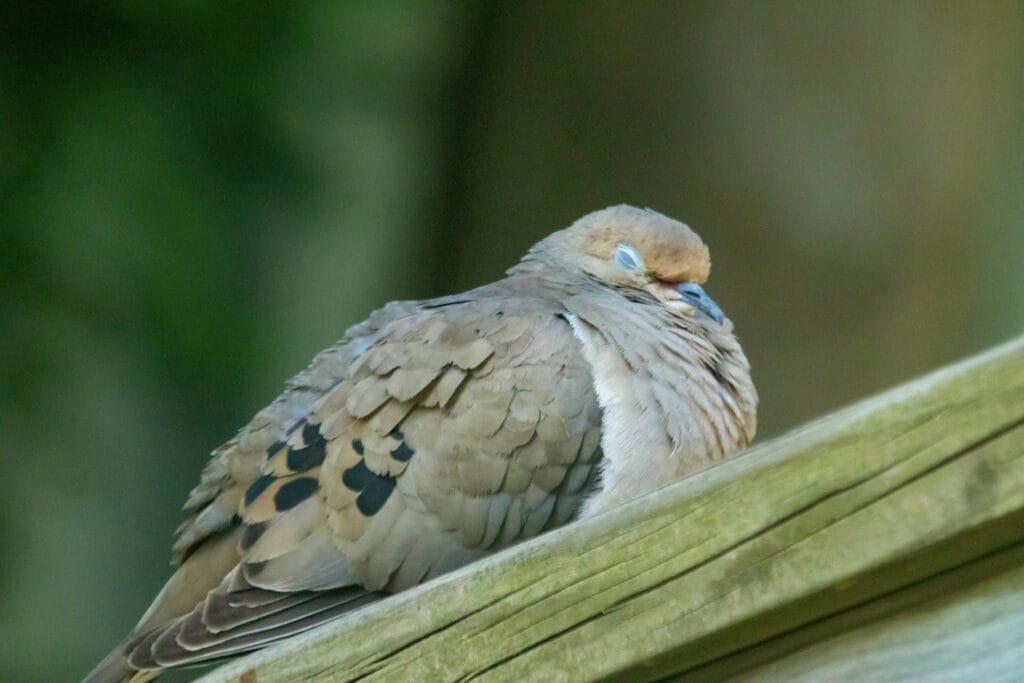
Luckily, mourning doves are year-round residents across all the US states.
Author Note: However, birds nesting in the northern states may migrate north to mate in Canada during the spring. Similarly, birds living in the central and southern states may head south into Mexico, searching for warmer conditions in the winter.
Tips to Attract Mourning Doves
If you want to invite the mourning doves to your backyard, you’ll have to entice them well since they’re naturally timider than most wild birds.
1. Serve Lots of Seeds
Mourning doves generally devour seeds, but they specifically prefer millet, wheat, cracked corn, and sunflower seeds.
To grab the doves’ attention, serve those seeds in a fly-through bird feeder, and make sure it’s broad enough to accommodate more than 3 doves at once since they often eat in groups.
2. Install a Birdbath
As we said earlier, mourning doves need to gulp lots of water to balance the seed-rich diet. If your backyard is spacious enough, consider installing a birdbath.
3. Help Them Nest
Try leaving a bunch of grass clippings, pine needles, and twigs right next to the bird feeder. Mourning doves may stop by your backyard to collect those items and use them to build their nests.
If you’re lucky, this should encourage them to rest close to your house, meaning that you’ll be able to spot them more often.
Conclusion
I think you’ve figured it for yourself at this point; common mourning doves that we see everywhere aren’t at all common in terms of habits or habitat. Although mourning doves are seen everywhere in the mourning, they’re conscious of where they roost.
While deciding which place to roost, mourning doves consider the place’s potential predators, sustenance resources, and weather. That’s why large numbers of mourning doves are found roosting in chimneys, nestboxes, dead trees, or trees on the inside edges of fields. Other common roosting places for mourning doves include power lines and woodlots.
Fly high friends!
FAQ
Mourning doves are ground-dwelling birds that are typically found in open habitats such as fields, prairies, and deserts. They are known to roost and sleep on the ground, usually on a flat surface such as a bare patch of ground, a rock, or a low-lying branch. They are also known to sleep in trees, shrubs and on man-made structures like telephone poles, rooftops and window sills. They are very adaptable and can make their home in urban, suburban and rural areas and often roost in flocks.
During winter, mourning doves may roost in large numbers in communal roosts, which can be found in man-made structures, trees and shrubs, mountain caverns and rooftops. These communal roosts provide protection from the cold and predators, as well as a sense of security. They tend to roost in these communal areas during the cold winter seasons.
When sleeping, mourning doves assume a typical bird sleeping position, which includes tucking their head under a feathery shoulder, and puffing up their body to conserve heat. They also tend to sleep in groups, which provides them with an added sense of security, warmth and protection from predators. They are less active during the night, and while they may make some vocalizations, they are generally less vocal at night. They are known to make a low, soft cooing sound while they are sleeping, this is normal and it’s nothing to be worried about.




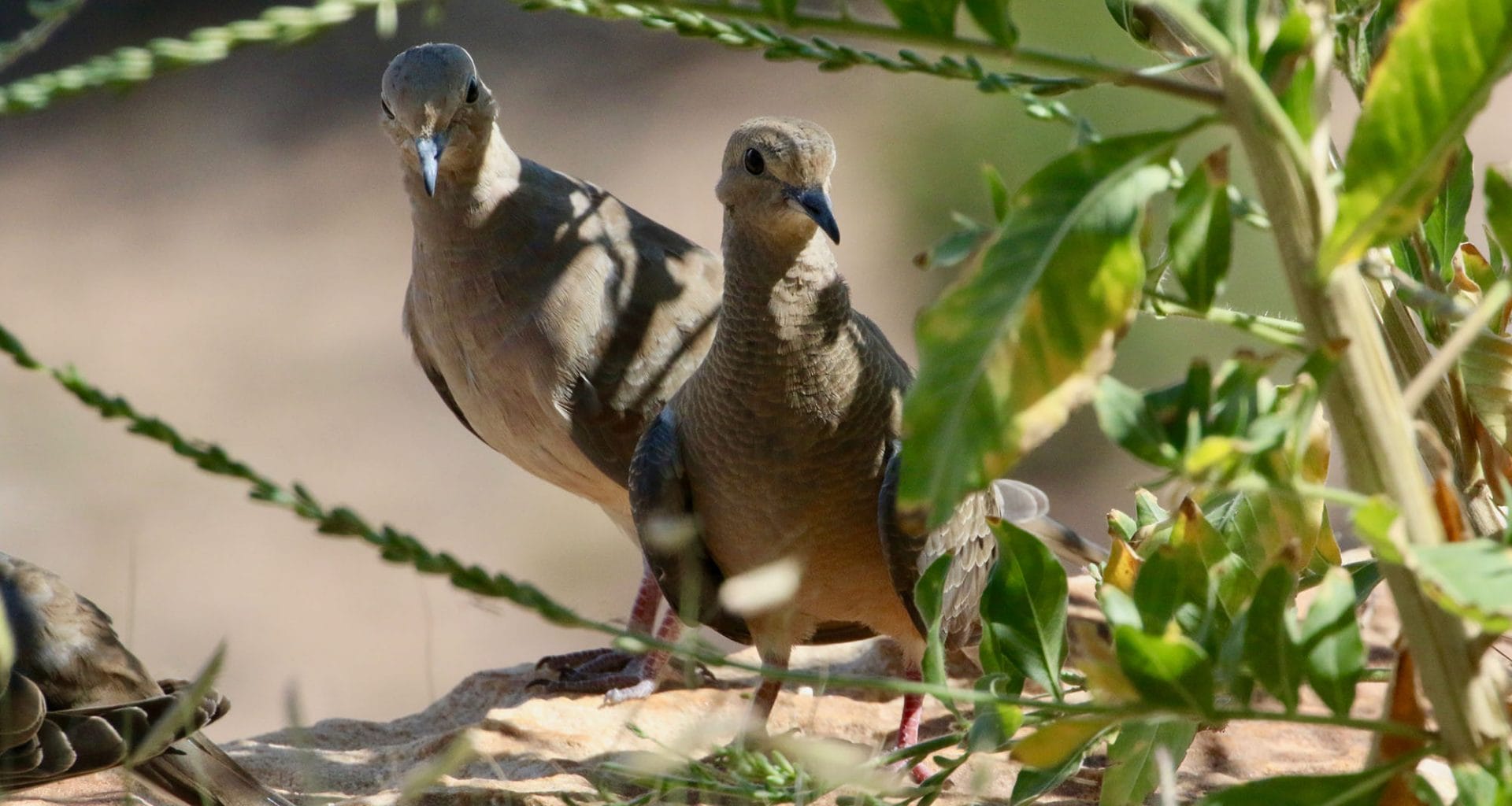
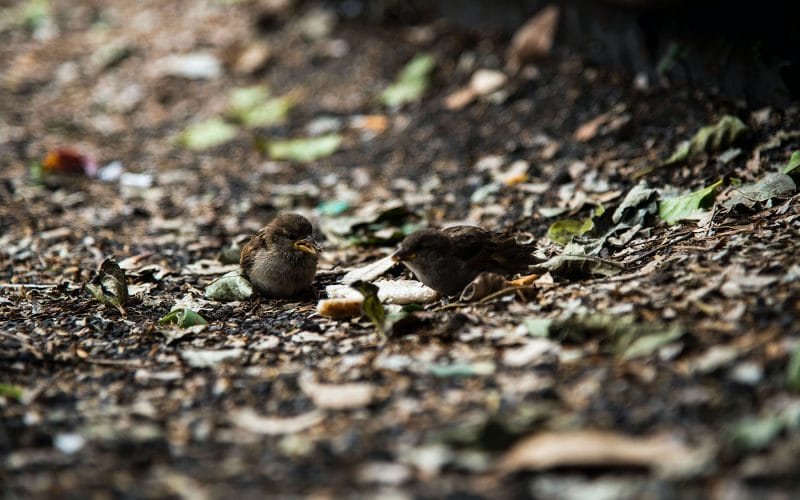
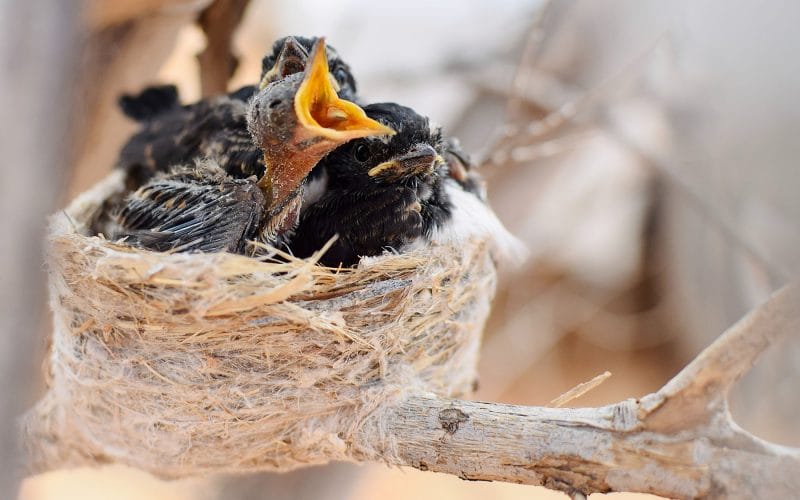



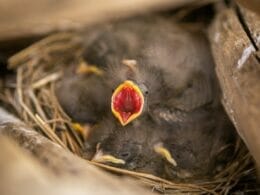
How can you tell if a dove is sick. Have one laying in snow next to a dog house out of the wind. It is eating